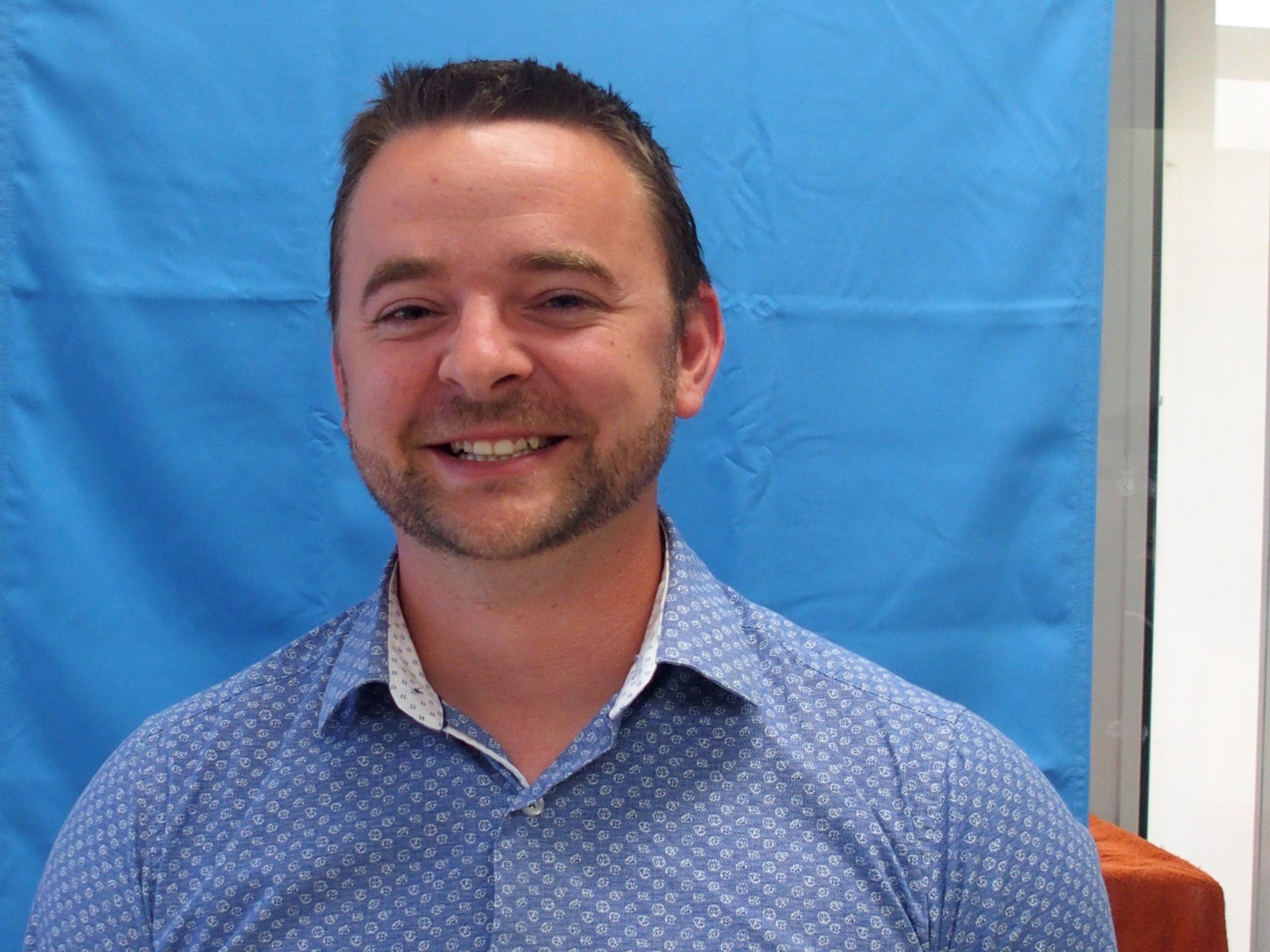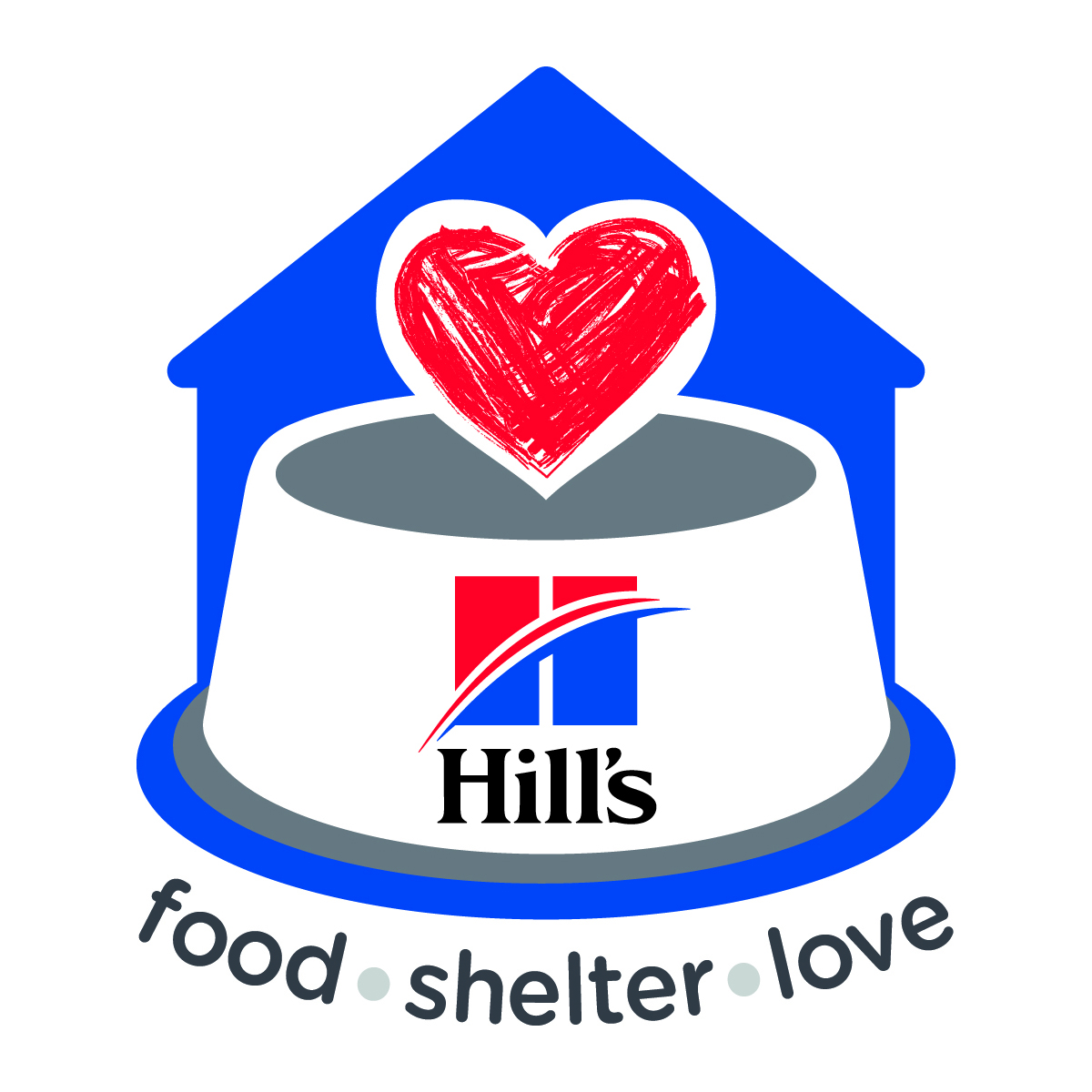News, ideas & inspiration from industry leaders

Member Spotlight: Get To Know Phil Nichols
It’s not every day you meet a Chief Operating Officer who’s an RVT, too. Oh, and a CAWA. Read on to learn how Toronto Humane Society’s Phil Nichols combines all his skills and knowledge to keep moving forward.
Name: Phil Nichols, RVT, CAWA
Member of The Association for Animal Welfare Advancement since: 2017
Organization: Toronto Humane Society
Title: Chief Operating Officer
Q&A With Phil Nichols
The Association: What’s your elevator pitch for Toronto Humane Society?
Phil Nichols: Recently embarking on a new 5-year strategic plan, Toronto Humane Society is tackling the root causes of animal relinquishment, suffering, and access to care. We are building a new set of programs and services, ranging from affordable public veterinary care, urgent-need fostering support for owners in distress to social service partnerships and initiatives geared to support the industry with research and information. Toronto Humane Society is moving forward with a well-rounded scope of projects that will truly change the face of animal welfare in the Greater Toronto area.
The Association: What is your favorite part of your job? The most challenging?
PN: Getting to do what I love every day! More recently, I have found clarity in my belief that overcoming issues surrounding access to care is the single best thing I can do to support animals. It also happens to be the most challenging. A broader understanding of these challenges has really brought forth the emotional distress and pain that pet guardians without access to care can go through.
The Association: Share a success your team has had this year.
PN: The pandemic has thrown so many challenges in front of all of us in the industry and challenged our normal course of operation. The team at Toronto Humane Society has responded with such adaptability, transitioning our operations database to a more digital platform for file sharing and communication. We’ve also released a new guided guardian support manual for community support, and learned how to engage and lead remotely.
The Association: What is keeping you healthy and resilient these days?
PN: Making sure to schedule time for myself! The transition to remote work brought with it a lot of guilt that I wasn’t doing enough–even though the meetings are more consistent and the days are longer.
Setting calendar start and end times, and being more communicative with my direct team—every morning for 10-15 minutes—lets us all be more clear about timelines and expectations. Doing this has allowed a lot more time to unwind and go for a walk, or to do some gardening.
The Association: What’s one thing—industry-related or not—you learned in the past month?
PN: How resilient people can be in the face of change. A lot has changed for me on the personal front, and I have seen many colleagues dealing with some pretty large burdens. It has surprised me how much some people are able to carry, and how unaware we can be to them needing help. Asking really goes a long way sometimes.
The Association: What’s your hidden talent?
PN: An odd one, but I am actually pretty good with a sheetrock trowel and mud.
The Association: RVT and COO—what a combo! Can you share a little about how you use the different skillsets?
PN: The foundation skills and knowledge surrounding disease transmission, population management, client service and interaction gave me a strong platform to build upon. Beginning my career at Toronto Humane as an RVT allowed me the time to understand and learn from the ground up how our organization worked, from intake to outcome.
It has also allowed me to work with other senior leaders to build bridges between departments. My time working in admissions gave me the opportunity to see and learn more about those pet guardians who may need just a bit of support to maintain care, rather than the option to surrender.
The Association: How have you benefited from your involvement with The Association for Animal Welfare Advancement?
PN: Joining the Association broadened my awareness to all the continuing education and development opportunities. Working through the process to achieve my CAWA designation provided a really good set of guidelines and benchmarks to base my development around.
The Association: Knowing what you know now, what advice would you give to who you were ten years ago?
PN: Pay closer attention to the human-animal bond. Look for more ways to help support current ones, instead of spending all your time and energy in creating new ones.
The Association: What are your top 2 pieces of advice for someone thinking about becoming a CAWA?
PN: First, stay committed and put the time in. It can be an intimidating journey, but the things you learn will allow you to improve your organization’s programs and lifesaving capacity, all while building your confidence in your own abilities.
Second, connect with colleagues within your organization and beyond to help develop your knowledge and perspective. Our Senior Veterinarians and Executive leadership at Toronto Humane have been sources of great information and support for me, constantly raising the bar.
Learn More
Connect with Phil on LinkedIn
Toronto Humane Society on Facebook
Member Spotlight: Get To Know Kathleen M. Olson, CAWA
Member Spotlight: Get To Know Dr. Cristie Kamiya



